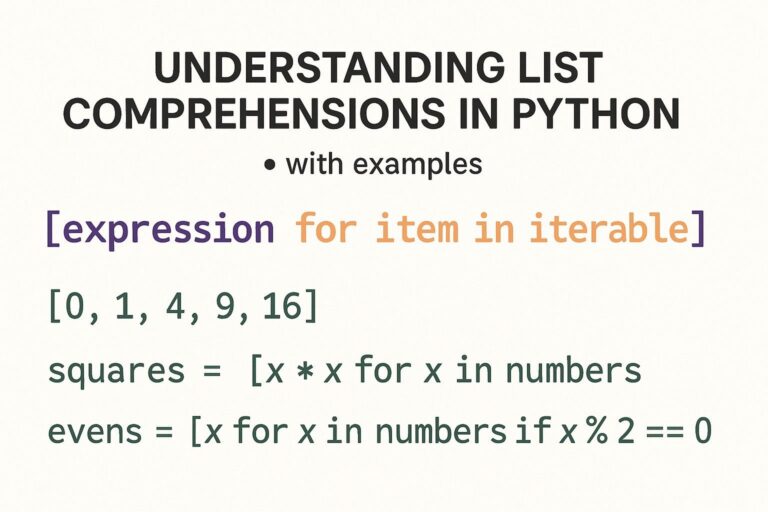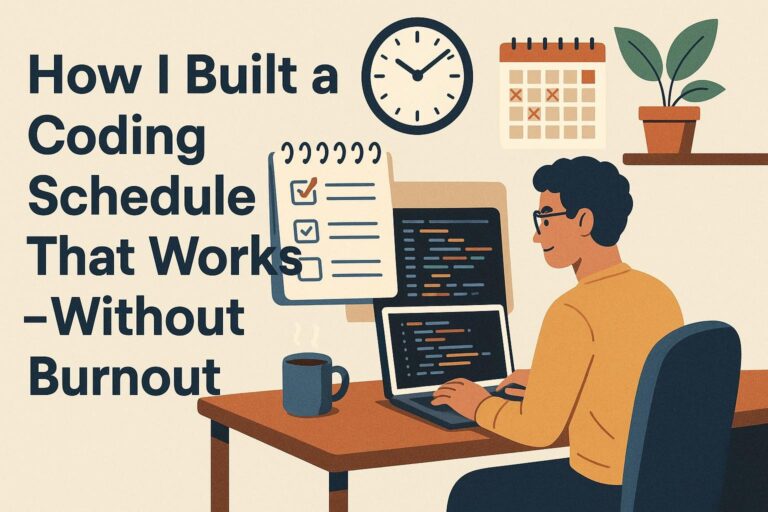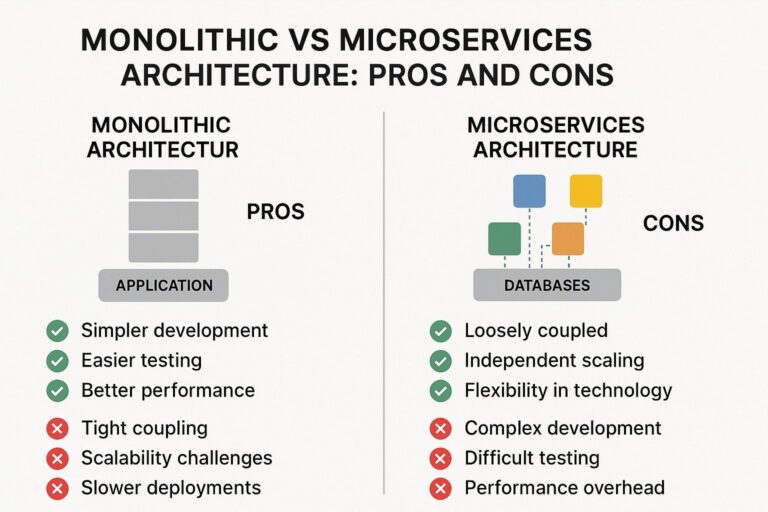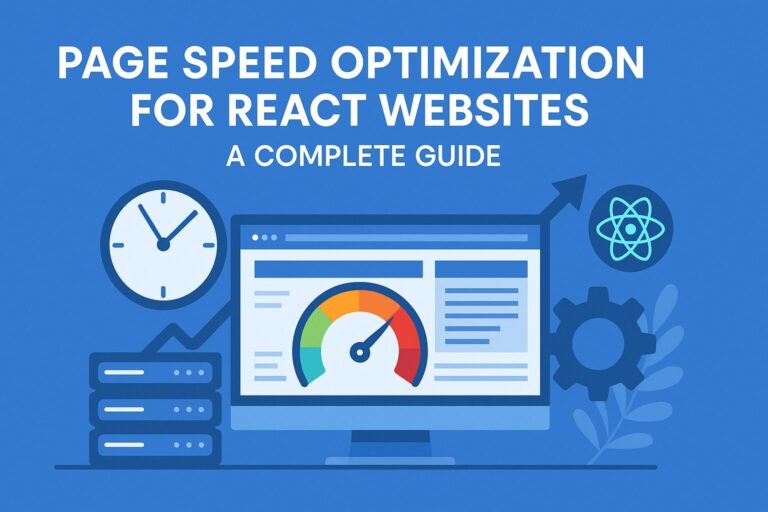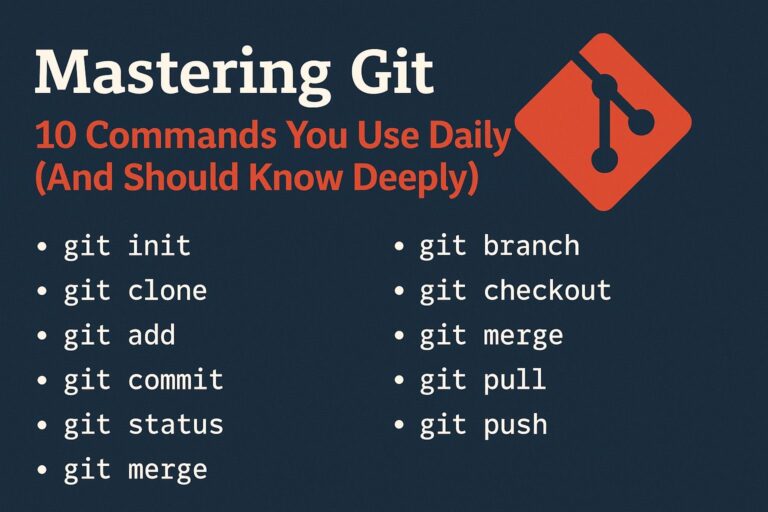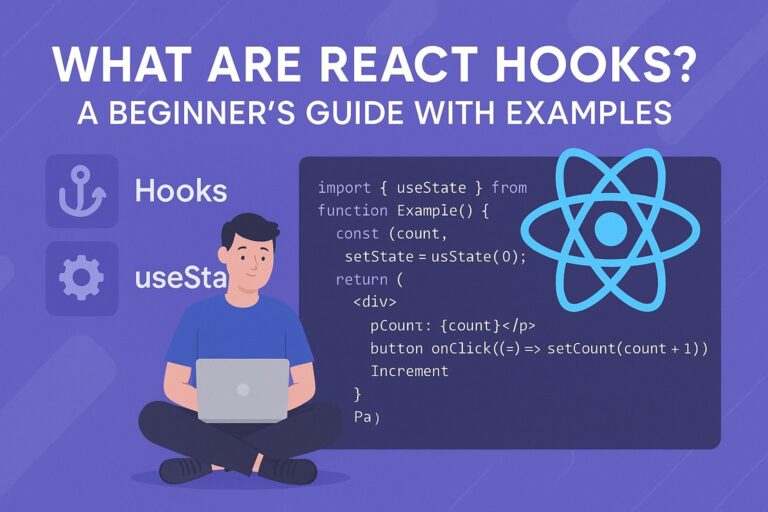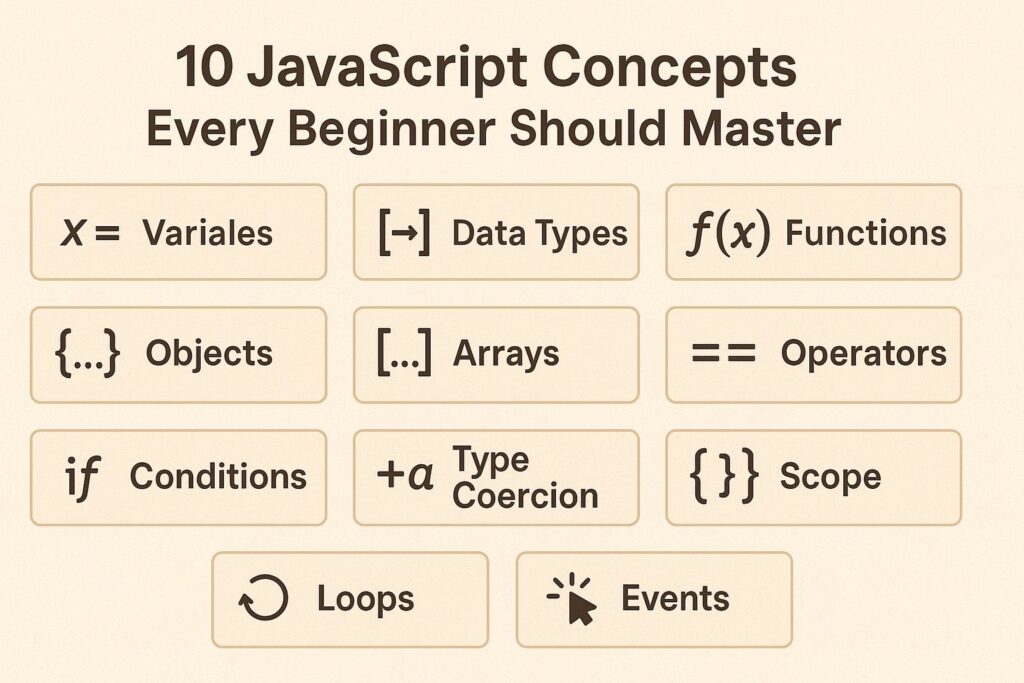
JavaScript is one of the most widely used programming languages in the world, and for good reason. It powers everything from interactive websites and dynamic user interfaces to backend services and mobile applications. If you’re just starting your journey into web development, mastering the fundamentals of JavaScript is essential.
In this guide, we’ll cover the 10 most important JavaScript concepts that every beginner must learn. These concepts form the foundation for building real-world projects, understanding advanced frameworks, and becoming a confident developer.
1. Variables and Data Types
Variables are the basic building blocks of any programming language. In JavaScript, variables are used to store data values which can be manipulated throughout your code.
Key Topics to Learn:
- Declaring variables using
var,let, andconst - Differences between mutable and immutable variables
- Understanding data types: string, number, boolean, null, undefined, symbol, bigint
- Objects and arrays as reference data types
- Type conversion and coercion
Why It Matters:
Choosing the correct type of variable declaration and understanding data types is crucial for writing clean, bug-free code. It also helps in debugging and maintaining code in the long run.
2. Functions and Their Uses
Functions are reusable blocks of code designed to perform a specific task. They promote modularity, code reuse, and make your application easier to manage.
Key Topics to Learn:
- Function declarations and expressions
- Arrow functions and their concise syntax
- Parameters vs. arguments
- Return values and scope
- Immediately Invoked Function Expressions (IIFE)
Why It Matters:
Functions allow you to break down complex problems into smaller, manageable parts. As your applications grow, well-structured functions are essential for readability and maintainability.
3. Scope and Closures
Scope defines the visibility and accessibility of variables. Closures occur when a function retains access to its lexical scope, even when that function is executed outside its original scope.
Key Topics to Learn:
- Global, function, and block-level scopes
- Lexical scoping
- Closures and how they preserve data
- Use cases like data encapsulation and memoization
Why It Matters:
Understanding closures and scope allows you to write more secure and efficient code, particularly in asynchronous programming and callback functions.
4. Hoisting
Hoisting is a unique behavior in JavaScript where variable and function declarations are moved to the top of their scope before code execution.
Key Topics to Learn:
- How JavaScript hoists
varvsletandconst - Hoisting of function declarations vs expressions
- Temporal Dead Zone (TDZ)
Why It Matters:
Improper understanding of hoisting can lead to unexpected bugs. Knowing how hoisting works helps you structure your code more predictably.
5. DOM Manipulation
The Document Object Model (DOM) is the interface between JavaScript and HTML. Manipulating the DOM allows you to create dynamic web pages that respond to user input.
Key Topics to Learn:
- Selecting elements using
getElementById,querySelector, and others - Modifying content and attributes
- Creating and removing elements
- Changing styles with JavaScript
Why It Matters:
DOM manipulation is essential for any kind of interactive or client-side application. It is the foundation for building dynamic user interfaces.
6. Events and Event Handling
Events are actions that occur in the browser, such as clicking a button or typing in a form. Handling these events allows your application to respond to user actions.
Key Topics to Learn:
- Event listeners and
addEventListener - Event propagation: bubbling and capturing
event.preventDefault()andstopPropagation()- Event delegation
Why It Matters:
Efficient event handling ensures a smoother user experience. It also prevents performance issues in larger applications.
7. Arrays and Array Methods
Arrays are used to store lists of data. JavaScript offers a variety of methods to manipulate arrays, making them incredibly versatile for data handling.
Key Topics to Learn:
- Creating arrays and accessing elements
- Mutating vs. non-mutating methods
- Important methods:
map,filter,reduce,forEach,find,sort - Spread and rest operators
Why It Matters:
Mastering array methods is key to processing and transforming data in modern web applications. These methods are frequently used in real-world coding challenges.
8. Objects and the this Keyword
Objects are collections of key-value pairs and are fundamental to JavaScript’s structure. The this keyword is context-sensitive and behaves differently depending on how a function is called.
Key Topics to Learn:
- Creating and modifying objects
- Object destructuring
- Nested objects and object methods
- Understanding the context of
this
Why It Matters:
Understanding objects and the this keyword is crucial for working with complex data and building object-oriented JavaScript applications.
9. Promises and Asynchronous JavaScript
JavaScript is a single-threaded language, but it supports asynchronous operations such as API calls and timers. Promises and async/await make handling asynchronous logic more readable and maintainable.
Key Topics to Learn:
- Callbacks and callback hell
- Promises: creation and chaining
then,catch, andfinallyasyncandawaitsyntax
Why It Matters:
Asynchronous programming is essential for modern web applications, especially when dealing with APIs, databases, or user interactions.
10. ES6 and Modern JavaScript Features
ECMAScript 6 (ES6) introduced several new features that have become the standard for writing clean and efficient JavaScript code.
Key Topics to Learn:
- Template literals for cleaner string formatting
- Arrow functions and default parameters
- Destructuring assignment
- Modules:
importandexport - Enhanced object literals
Why It Matters:
Using modern syntax makes your code more concise and easier to maintain. It also helps you stay up to date with best practices and work with modern JavaScript frameworks like React, Vue, and Angular.
Final Thoughts
Mastering these ten JavaScript concepts lays the groundwork for becoming a successful developer. They equip you with the knowledge to build interactive web pages, understand front-end frameworks, and solve complex problems effectively. Whether you’re aiming for a job in web development or building your own projects, these fundamentals are non-negotiable.
Start by practicing each concept with small examples and real-world projects. With consistent effort and curiosity, you’ll find yourself growing more confident in writing and understanding JavaScript code.

I’m Shreyash Mhashilkar, an IT professional who loves building user-friendly, scalable digital solutions. Outside of coding, I enjoy researching new places, learning about different cultures, and exploring how technology shapes the way we live and travel. I share my experiences and discoveries to help others explore new places, cultures, and ideas with curiosity and enthusiasm.

